Do you know that there comes a Ganesh Chaturthi vrat every month of the year? Yes, you read it right.
The Hindu calendar observes Ganesh Puja every month. In common terms, it is famous as Sankashti Chaturthi. You may not be knowing about it, but the festival is celebrated all across India.
Sakat Chauth or Sankashti Chaturthi falls on the fourth day (in Hindi it is called Chaturthi) as per Hindu calendar in each month’s Krishna Paksha.
As stated earlier, the celebration is dedicated to Lord Ganesha. The people of Maharashtra celebrated it with great zeal. When we go into the South, then we find that people call it by different names such as Sankat Hara Chaturthi, Angraki Chaturthi, Sankatahara Sathurthi and so on.
Meaning of Sankashti
Sankashti is a Sanskrit word that stands for ‘rescue from troubles’. As Lord Ganesha is known as Vighnaharta or obstacle remover, adulating him on Chaturthi eradicates all our problems.
Significance of Sankashti Chaturthi Vrat
This vrat holds greater significance. Devotees perform pooja or worship Lord Vinayaka (another name of Lord Ganesh) for the prosperity, peace, and happiness. Adulation takes place in the evening after Chandra darshan or moon sighting.
Usually, couples perform this pooja and observe a fast for progeny and growth of their family.
There come two Chaturthi tithis or dates in lunar months- Sakat and Vinayaka Chaturthi.
Sakat Chaturthi is observed after Poornima or full moon day in Krishna Paksha.
Vinayaka Chaturthi is observed after Amavasya or new moon day in Shukla Paksha.
Sankashti Chaturthi Fasting Procedure or Vrat Vidhi

Are you going to observe this fast? You should know the exact procedure associated with it. We have simplified it for you. Let’s take a look at given vrat vidhi for Ganesh Puja on Sankashti Chaturthi.
Step 1
Get up early in the morning and prepare for the pooja. Dedicate the day by observing a fast. Based on your ability, you can observe a strict or partial fast. Consume only fruits most preferably the ones that grow under the ground like roots of the plant. The most staple diet for this special day includes sabudana khichdi, potatoes, and peanuts.
Step 2
Prepare a pooja thali with all essentials for worshipping Lord Ganesha by the evening. Set an altar and install the statue or idol of Lord Ganesha on it. Decorate it with green grass (Dhruva) and flowers.
Step 3
Offer specially made naivedya or offering comprising modak, laddus, fruits and other sweets.
Step 4
Light incense, dhoop and deep in front of the idol. After that, recite the sankatahara Chaturthi story or vrat Katha with mantra specific to the month.
Step 5
Once the story is finished, perform the aarti ceremony. Also, perform the pooja of the moon by sprinkling holy water, akshat, flowers and sandalwood paste in the same direction.
Step 6
Recite Sankashtnashana sthothra, Ganesha Ashtothra, and Vakrathunda Mahakaya too during Lord Ganesh pooja.
Step 7
Distribute the prasad among family members and break the fast. This way your Sankashti vrat is finished.

Different Months, Different Sakat Vrat Procedure and Story
You need to keep in mind that each month of Sakat Chaturthi involves worshipping Lord Ganesha with a different name and seat (Peeta). The fast includes thirteen different stories dedicated to a specific month. Although there are twelve months in a year as per English calendar, in Hindu calendar after four year comes an extra month. So, the thirteenth story is for that extra month.





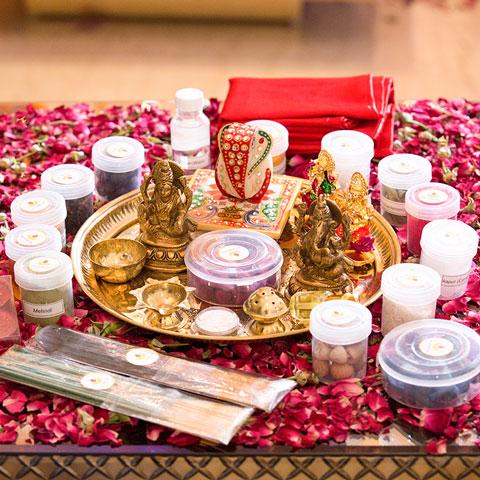


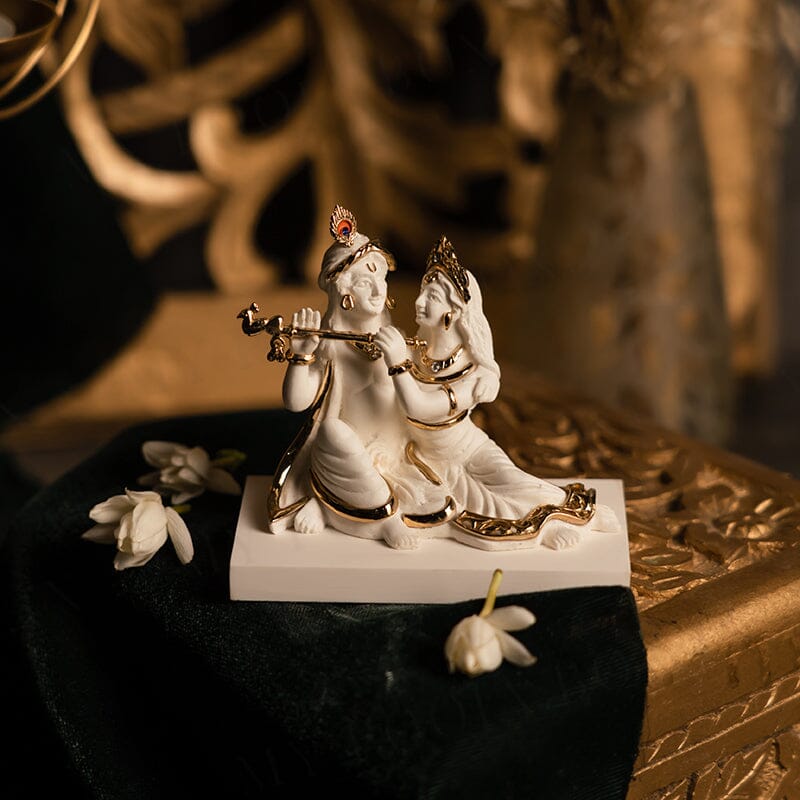

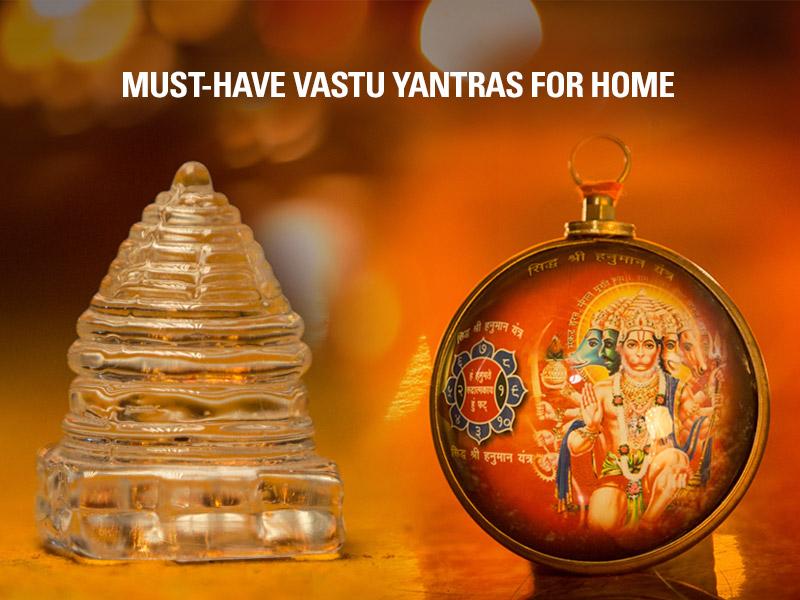














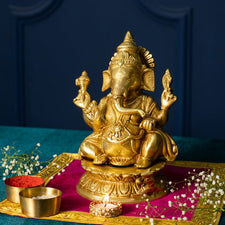
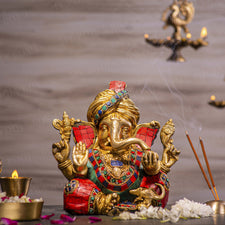
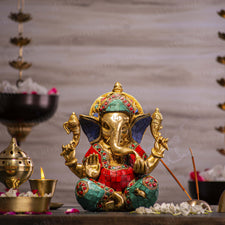





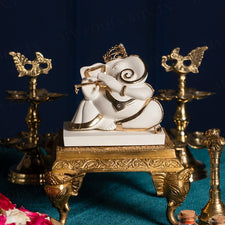
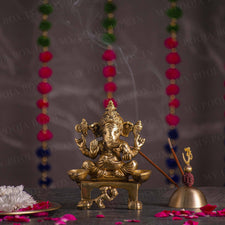



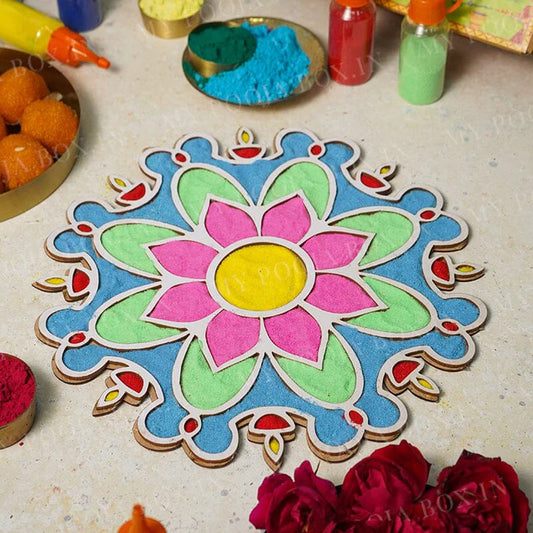


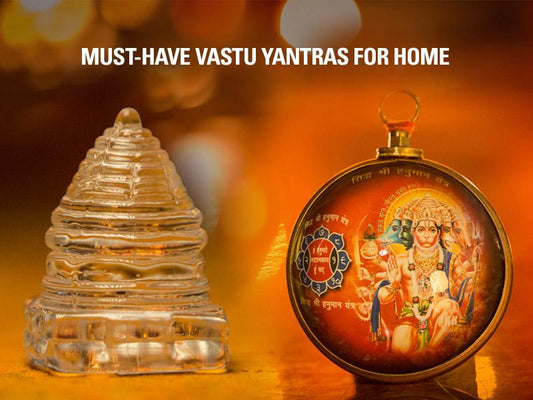

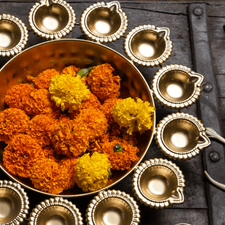










1 comment
Thanks for this information. In today’s times, a lot of misinformation, is going around too .An initiative like this, through a trusted source ,breaks all the myths .
Will appreciate ,if we get timely articles like these, before the auspicious occasions, along with some ready to use kits ,which can be ordered prior ,so the same can be integrated in our lives.